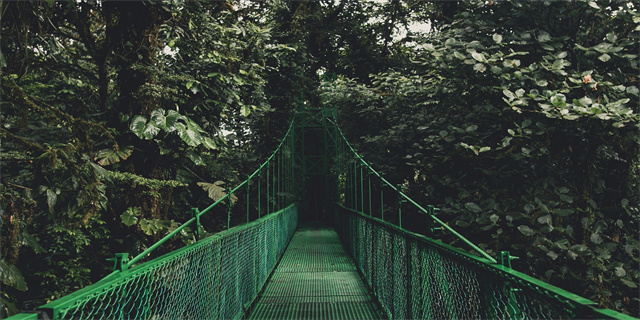pastels(Exploring the World of Pastels)
Exploring the World of Pastels
Introduction to Pastels
Pastels are a versatile and beautiful medium that have been used by artists for centuries. Made of pure pigment mixed with a binder, pastels offer a range of vibrant and luminous colors that are unmatched by any other form of art material. In this article, we will delve into the world of pastels, exploring their history, techniques, and the unique qualities that make them so appealing to artists and art enthusiasts alike.

The History of Pastels
Pastels can trace their origins back to ancient Egypt, where they were used for delicate and intricate drawings. However, it was not until the Renaissance period in Europe that pastels gained popularity as a medium for creating finished works of art. The soft texture and brilliant colors of pastels captured the imagination of artists such as Leonardo da Vinci and Edgar Degas, who used them to create stunning portraits and landscapes.

During the 18th and 19th centuries, pastels became immensely popular, particularly in France. Artists such as Jean-Baptiste-Siméon Chardin and Jean-Étienne Liotard used pastels to create intricate and detailed works that captured the subtle nuances of light and shadow. Pastel societies and exhibitions began to emerge, further promoting the use of pastels as a legitimate art form.
Techniques and Application
One of the most appealing aspects of pastels is their versatility and ease of use. Pastels can be applied in a variety of ways, ranging from soft and delicate strokes to bold and expressive marks. Artists can choose to blend pastels with their fingers, use tools such as brushes or blending stumps, or layer them to create depth and texture.
One popular technique is the \"dry\" method, where pastels are used directly on a textured surface such as pastel paper, sanded paper, or even a toothy watercolor paper. By layering and blending colors, artists can achieve a wide range of effects, from smooth transitions to bold and vibrant contrasts.
Another technique is the \"wet\" method, where pastel colors are mixed with water and applied using a brush. This technique allows for greater control over the application of color and can create interesting washes and effects. In recent years, artists have also combined pastels with other mediums such as acrylics, oils, or ink to further expand the possibilities of this versatile medium.
The Unique Qualities of Pastels
One of the most noticeable qualities of pastels is their vibrant and intense colors. Unlike other mediums, pastels retain their true color even after drying, resulting in artworks that have a luminous and glowing quality. This makes pastels particularly well-suited for capturing the brilliance of landscapes, the ethereal beauty of flowers, or the delicate features of a portrait.
Another unique quality is the softness and texture of pastels. The tactile nature of the medium allows artists to create expressive and gestural marks, adding a sense of spontaneity and movement to their artworks. The ability to easily blend different colors and create subtle transitions adds to the allure of pastels, making them a favorite choice among artists who seek to capture the beauty of the world around them.
Conclusion
Pastels continue to be a beloved medium among artists for their vibrant colors, versatility, and unique qualities. Whether you are an aspiring artist or an art enthusiast, exploring the world of pastels can be a rewarding journey. So why not pick up a box of pastels and start creating your own beautiful artworks?
版权声明:本文内容由互联网用户自发贡献,该文观点仅代表作者本人。本站仅提供信息存储空间服务,不拥有所有权,不承担相关法律责任。如发现本站有涉嫌抄袭侵权/违法违规的内容, 请发送邮件至3237157959@qq.com 举报,一经查实,本站将立刻删除。
